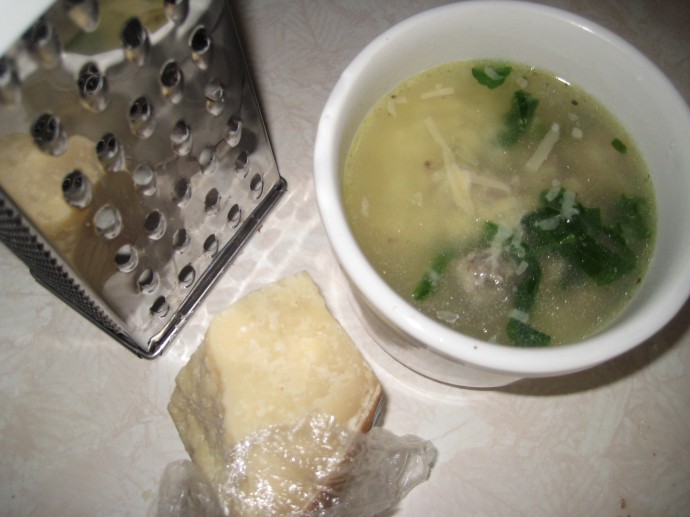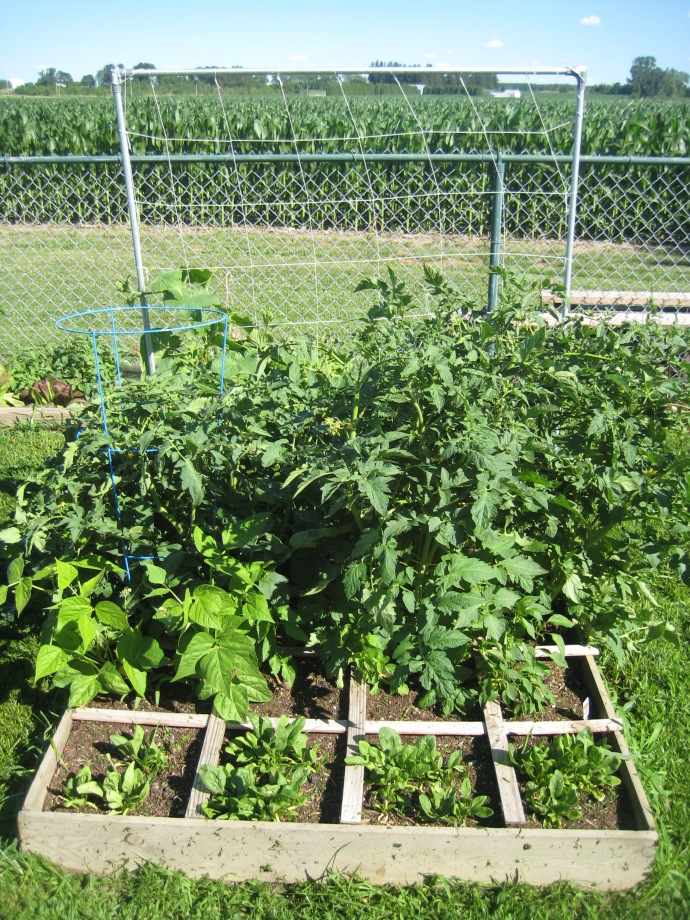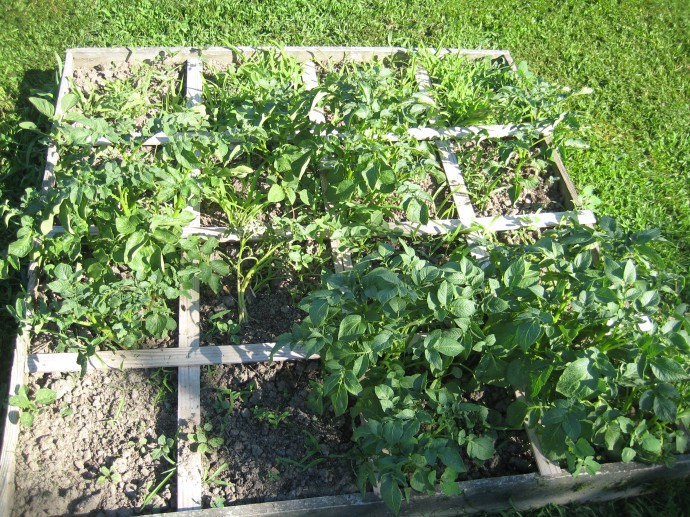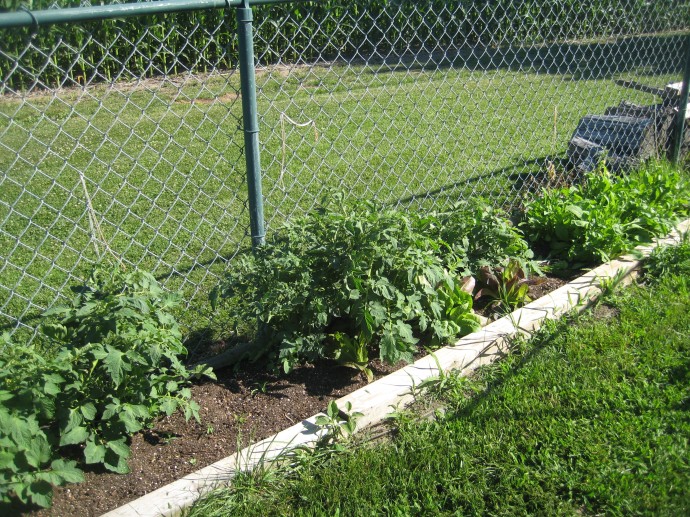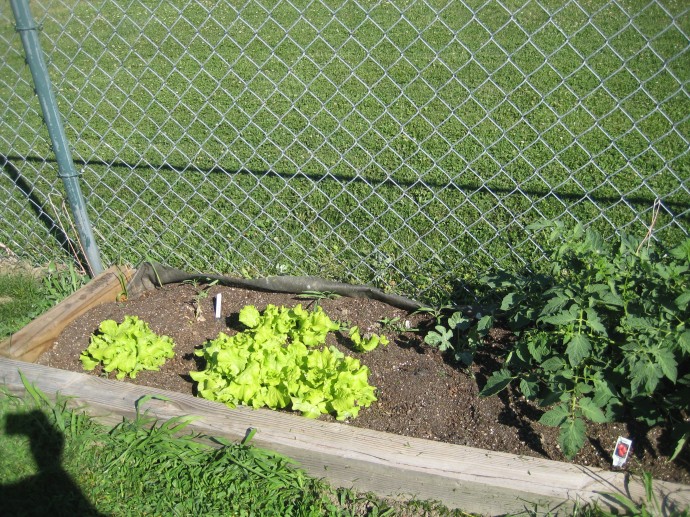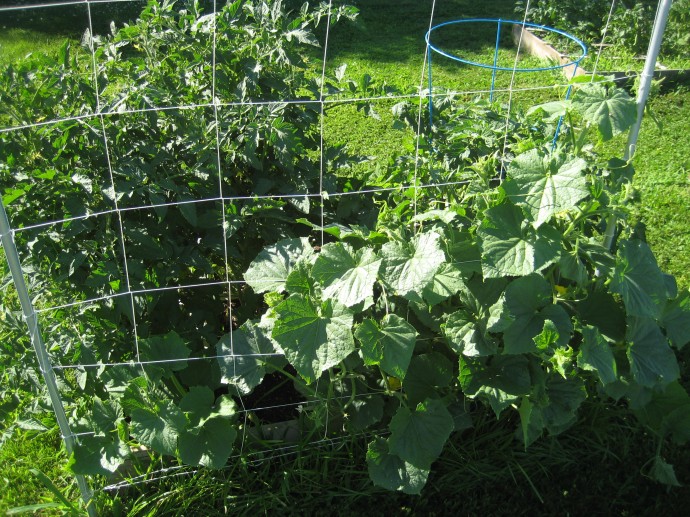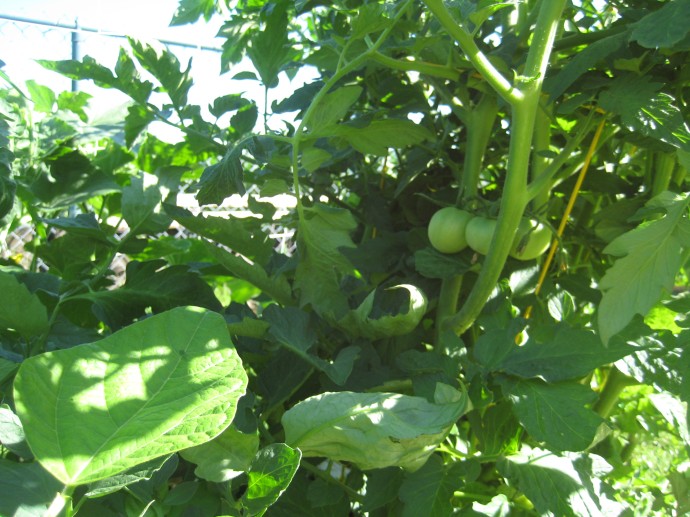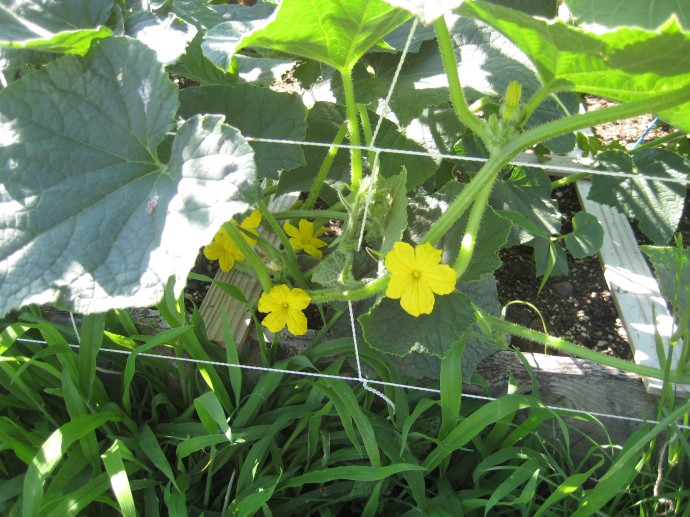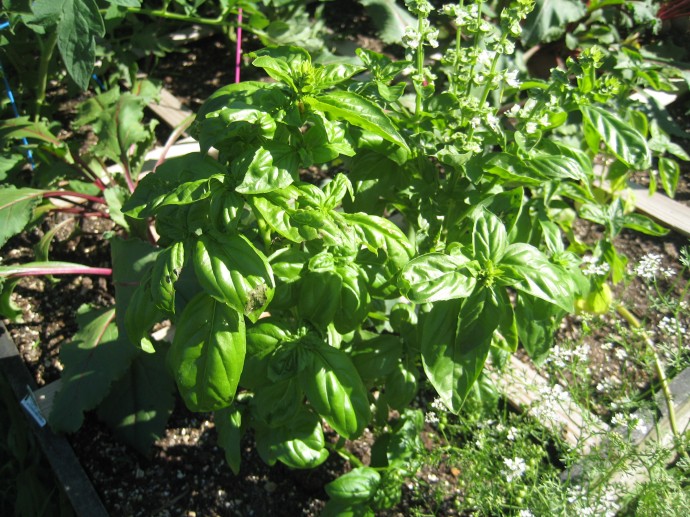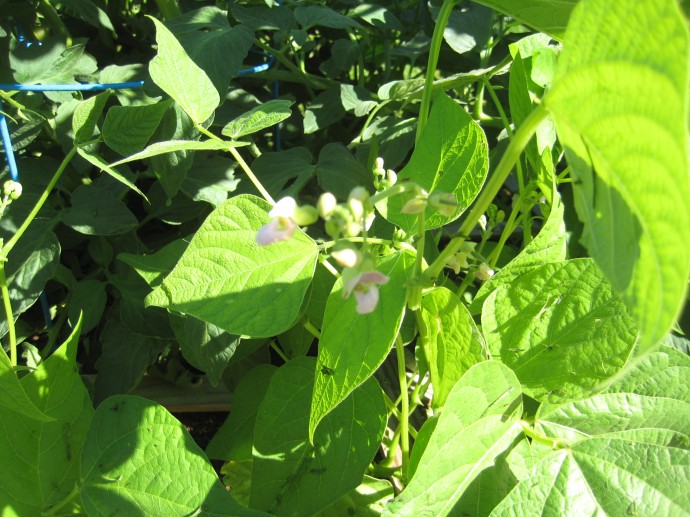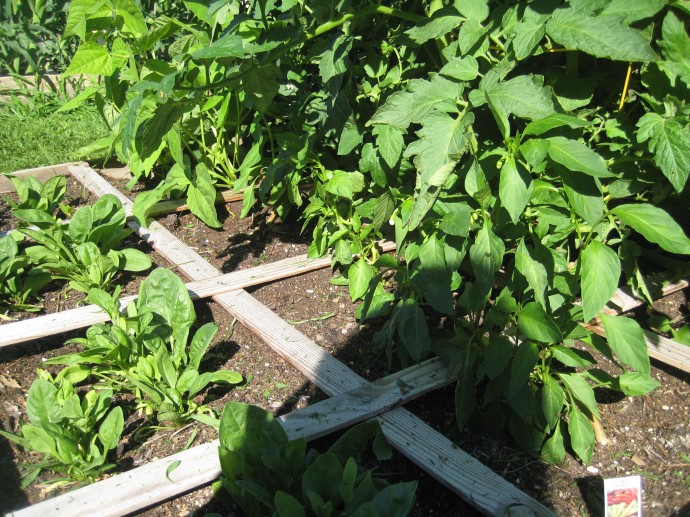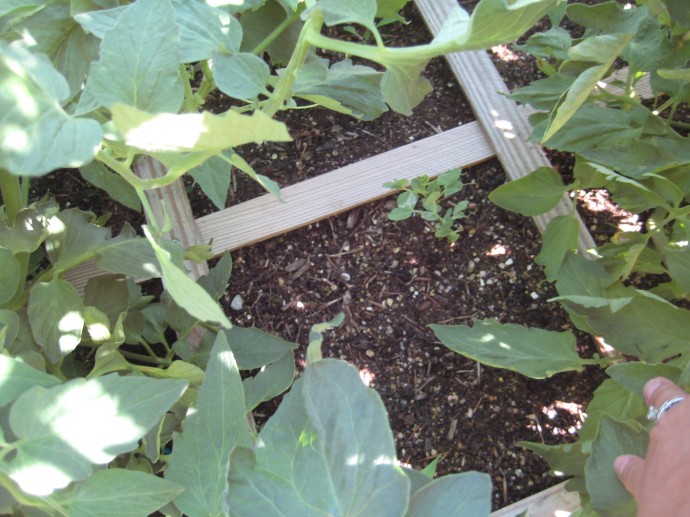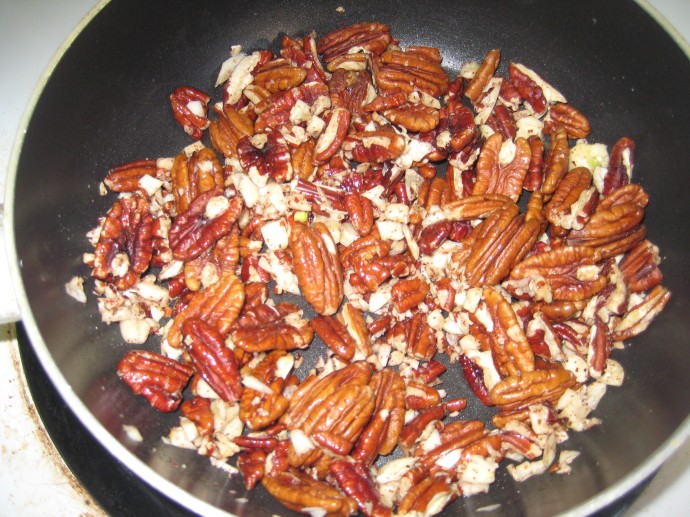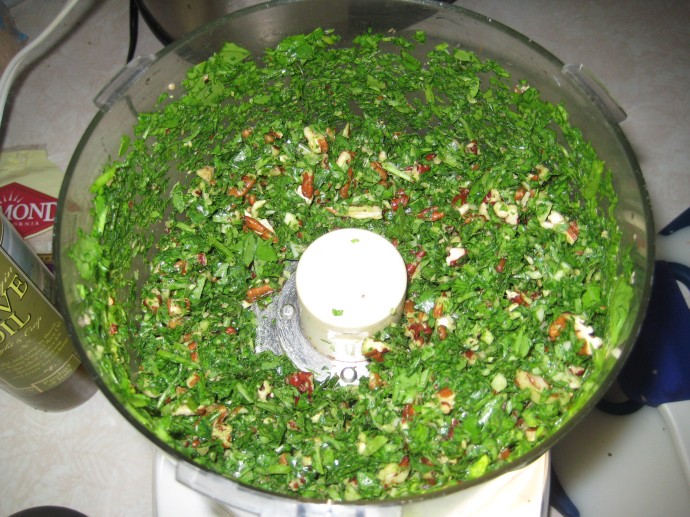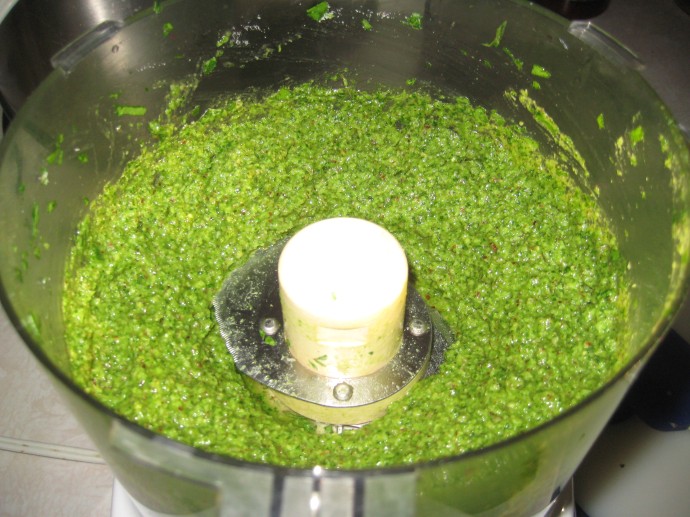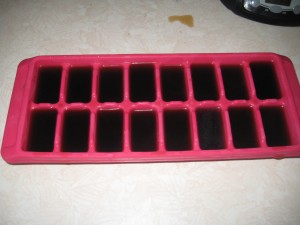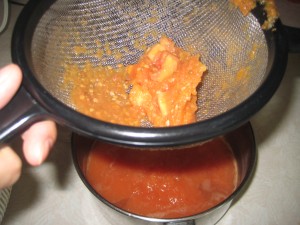I was first introduced to Italian Wedding Soup at Sebastiano’s, a delicious local restaurant in Toledo, Ohio. It was a huge step toward “adventuresome eating” for me back then, in my picky days. A step my stomach has oft thanked my brain for, if not my thighs.
I had to have easier access to this soup from then on. My first attempt at Italian Wedding Soup failed pretty miserably. Not only did my bland homemade meatballs cause my husband to put on his pretend “yummy!” face, but I also added beef broth where I should have added chicken. Yeah, it was bad. I tinkered with online recipes for awhile, coming close to Sebastiano’s delicious creation but gradually becoming weary of how time consuming it all was.
And then I struck gold. Polish gold. It all began one steamy August day, where our thoughts and actions were consumed with the task of painting our massive giant deck on our previous house. We were preparing the house to sell it, and begged invited some good friends to come over and help us paint and simultaneously celebrate Ty’s birthday. If our charm and good looks didn’t convince them to come do manual labor, then the out-of-this-world amazing kielbasa from Stanley’s did! So we painted, cooked, laughed, and enjoyed each other. It’s amazing what kielbasa can get people to do!

Stanley’s kielbasa from Toledo, Ohio, is hands-down, the best kielbasa ever. Don’t be intimidated by their location…it’s so worth it!
Fortunately, we over-purchased kielbasa. I was faced with an unexpected challenge. What to do with leftover kielbasa? Has such a thing ever happened before? Then it hit me: Soup. Wedding Soup.
The first batch was good…REALLY good. I made it with spinach, because it was all I had, and because I didn’t know better.
The second batch was epic. I made it with arugula this time, and ever since then it has earned it’s place in my freezer as a go-to meal for chilly nights. Or steamy August nights, if the taste buds demand it.
The best part is, you won’t believe how easy this soup is. However, since we’re borrowing the main ingredient from Poland, I don’t think we can truly call it “Italian Wedding Soup”. (Can we call it “Chelsea’s Wedding Soup? 🙂 ) But since I insist that you use Acini de Pepe noodles, you can’t really call it “Polish Wedding Soup” either. So let’s call it what it is, a beautifully blended mix of history, ethnicity, and love from the kitchen.
American Wedding Soup
What you will need:
- 1 quart chicken stock or broth
- 2 cups arugula (more if you like it peppery…more is better)
- 1/2 onion, diced
- 2lbs uncooked kielbasa
- 1 cup uncooked Acini de Pepe (or orzo, if you can’t find the AdP)
- chopped carrots and celery – optional
- 1tsp chicken base – also optional, but I always use it.
- fresh Parmesan – not really optional. You’ll want it.
Directions:
Fill a large stock pot (4-6 quart size) with your chicken stock. Place the onion, carrots, celery and uncooked kielbasa in the broth and bring to a boil.
When the kielbasa start to float (around 15 minutes), pull them out, reduce broth to a simmer, and slice them into 1/2 chunks on a cutting board. Meanwhile, in a separate pan, bring 4 cups of water to a boil and cook pasta al dente. (7 minutes)
It’s okay if there’s still some pink, it’s going to finish cooking in the pot. Return to broth. Tear arugula in halves or quarters and add to broth, bringing broth back to a low boil.
When the arugula is no longer bright green and looks somewhat wilted, add drained pasta. Boil for 3 more minutes or so, check some of the kielbasa chunks to make sure they are cooked through. Taste test: if it’s still slightly bland, add some chicken base until it reaches the appropriate level of saltiness. Then serve! Top with freshly grated Parmesan cheese for an added Wow!
It may not be authentic, but it’s authentically good.
Man, that was cheesy. Good thing I like cheese!
Someone make me stop!
P.S. You can freeze this soup nicely, even with the noodles in it, although admittedly it’s always better to add the noodles fresh.
P.P.S. If you’ve never been to Sebastiano’s, then you haven’t lived. There isn’t a bad thing on the menu!





